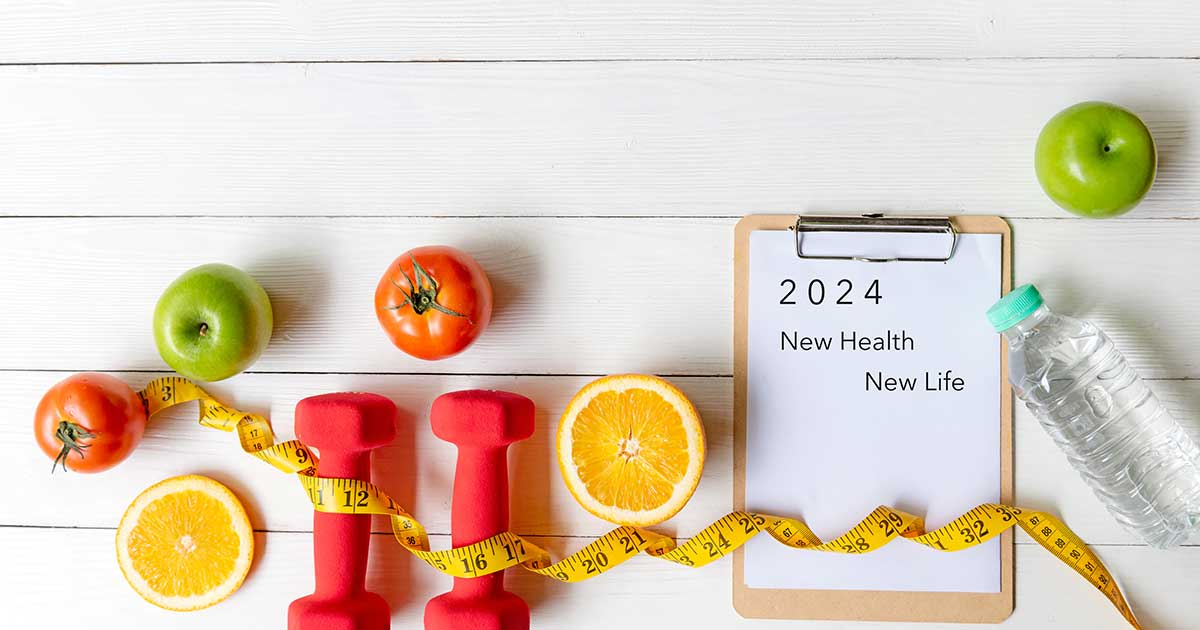 As we step into 2024, prioritizing Wellness and Sustainability through our daily choices feels more crucial than ever. This comprehensive guide explores five key non-toxic switches that boost your health and contribute to a cleaner planet.
As we step into 2024, prioritizing Wellness and Sustainability through our daily choices feels more crucial than ever. This comprehensive guide explores five key non-toxic switches that boost your health and contribute to a cleaner planet.
- Organic Cotton Tampons – A Safer Choice for Feminine Hygiene:
- Understanding the Risks of Conventional Tampons: Standard tampons, made from a blend of rayon and non-organic cotton, often undergo chlorine bleaching. This process can leave behind harmful residues, including dioxin, a compound linked to serious health issues like reproductive problems and cancer.[1,2] The vaginal mucosa’s high permeability means these toxins can easily enter the bloodstream, posing significant health risks.[2]
- The Benefits of Organic Cotton Tampons: Organic cotton tampons are free from toxic pesticides and synthetic additives. This switch not only minimizes exposure to harmful chemicals but also promotes sustainable farming practices. Organic farming of cotton enhances soil quality, reduces water usage, and provides a safer working environment for farmers.[1,2]
- Choosing the Right Product: For ultimate Wellness and Sustainability, when choosing organic tampons, opt for brands transparent about their ingredients and certified organic to ensure chemical-free periods and a cleaner planet.
- Edible-Quality Makeup – The Revolution in Cosmetics:
- The Hazards of Chemical-Laden Makeup: Many conventional makeup products are formulated with a mix of harmful chemicals, including parabens, phthalates, and synthetic fragrances.[3] These can irritate the skin, disrupt hormonal balance, and potentially lead to cancer.[4]
- Why Edible-Quality Makeup is Crucial: Edible-quality makeup, formulated with natural and non-toxic ingredients, provides a safer alternative. Ingredients like coconut oil, shea butter, and natural pigments from fruits and plants are nourishing for the skin and safer for overall health.[3,4]
- Making an Informed Choice: When selecting makeup, it’s vital to read labels carefully, avoid known toxins, and consider products with certifications like USDA Organic or Non-GMO.
- Eco-Friendly Toothbrushes – A Step Towards Environmental Consciousness:
- The Environmental Toll of Plastic Toothbrushes: Billions of plastic toothbrushes contribute significantly to landfill and ocean pollution every year. These toothbrushes are non-biodegradable, leading to long-term environmental damage.[6]
- The Advantages of Sustainable Toothbrushes: Options like bamboo toothbrushes or those with boar bristles offer a greener alternative. Bamboo toothbrushes have biodegradable handles and often come with charcoal-infused bristles with natural antibacterial properties.[7]
- Transitioning with Ease: It’s important to consider personal preferences and oral health needs when switching to eco-friendly toothbrushes. They come in various bristle strengths and should be sourced responsibly.
- Non-Toxic Toothpaste and Mouthwash – Oral Health Redefined:
- Concerns with Mainstream Oral Care Products: Ingredients like fluoride and titanium dioxide in many toothpaste and mouthwash brands have raised health concerns. Fluoride is recognized as a neurotoxin, and titanium dioxide has potential carcinogenic effects.[8,9]
- The Promise of Hydroxyapatite and Natural Ingredients: Go natural, smile healthy! Ditch the chemicals and embrace Wellness and Sustainability. Hydroxyapatite offers a safer remineralization option, while natural mouthwashes minimize irritation and support a balanced oral microbiome for a healthy smile and a cleaner world.[10]
- Selecting the Best Products: Look for toothpaste and mouthwashes with clear ingredient lists and certifications indicating the absence of harmful chemicals. Natural flavoring agents like essential oils are preferable.
- Natural Perfumes and Colognes – A Fragrant Journey to Health:
- Risks Associated with Synthetic Fragrances: Many perfumes and colognes contain synthetic fragrances with phthalates and other harmful substances, linked to hormonal disruptions and other health problems.[11]
- Embracing Natural Fragrances: Natural alternatives, such as essential oils, provide a safe way to enjoy fragrances. These oils, derived from plants, can offer therapeutic benefits and are free from harmful chemicals.[11]
- Guidelines for Natural Fragrance Use: Choose pure, high-quality essential oils, and conduct a patch test to ensure no allergic reactions. For those sensitive to scents, opting for unscented personal care products is a wise choice.
In conclusion, incorporating these non-toxic lifestyle changes, aligned with wellness and sustainability, can significantly impact personal health and the environment. Choosing organic cotton tampons, embracing natural oral care, and opting for fragrances contribute to a toxin-free lifestyle—a stride towards better health and a more sustainable planet
References:
- White, Sally S, and Linda S Birnbaum. “An overview of the effects of dioxins and
- dioxin-like compounds on vertebrates, as documented in human and ecological epidemiology.” Journal of environmental science and health. Part C, Environmental
- carcinogenesis & ecotoxicology reviews vol. 27,4 (2009): 197-211. doi:10.1080/10590500903310047
- Nicole, Wendee. “A question for women’s health: chemicals in feminine hygiene products and personal lubricants.” Environmental Health Perspectives vol. 122,3 (2014): A70-5. doi:10.1289/ehp.122-A70
- Panico, A. et al. “Skin safety and health prevention: an overview of chemicals in cosmetic products.” Journal of Preventive Medicine and Hygiene vol. 60,1 E50-E57. 29 Mar. 2019, doi:10.15167/2421-4248/jpmh2019.60.1.1080
- Kazemi, Zahra, et al. “Evaluation of pollutants in perfumes, colognes, and health effects on the consumer: a systematic review.” Journal of Environmental Health Science & engineering vol. 20,1 589-598. 3 Feb. 2022, doi:10.1007/s40201-021-00783-x
- Anderson, Stacey E, and B Jean Meade. “Potential health effects associated with dermal exposure to occupational chemicals.” Environmental Health Insights vol. 8, Suppl 1 51-62. 17 Dec. 2014, doi:10.4137/EHI.S15258
- Borunda, Alejandra. “Your Plastic Toothbrush Is a Bigger Problem than You Realize.” Environment, National Geographic, 31 Aug. 2022, www.nationalgeographic.com/environment/article/story-of-plastic-toothbrushes.
- Thamke, Mitali Vilas et al. “Comparison of Bacterial Contamination and Antibacterial Efficacy in Bristles of Charcoal Toothbrushes versus Noncharcoal Toothbrushes: A Microbiological Study.” Contemporary clinical dentistry vol. 9,3 (2018): 463-467. doi:10.4103/CCD.ccd_309_18
- Adkins, Emily A, and Kelly J Brunst. “Impacts of Fluoride Neurotoxicity and Mitochondrial Dysfunction on Cognition and Mental Health: A Literature Review.” International journal of environmental research and public health vol. 18,24 12884. 7 Dec. 2021, doi:10.3390/ijerph182412884
- Skocaj, Matej, et al. “Titanium dioxide in our everyday life; is it safe?.” Radiology and oncology vol. 45,4 (2011): 227-47. doi:10.2478/v10019-011-0037-0
- O’Hagan-Wong, Kelsey, et al. “The use of hydroxyapatite toothpaste to prevent dental caries.” Odontology vol. 110,2 (2022): 223-230. doi:10.1007/s10266-021-00675-4
- Wang, Yufei, and Haifeng Qian. “Phthalates and Their Impacts on Human Health.” Healthcare (Basel, Switzerland) vol. 9,5 603. 18 May. 2021, doi:10.3390/healthcare9050603




Leave a Reply
Your email is safe with us.